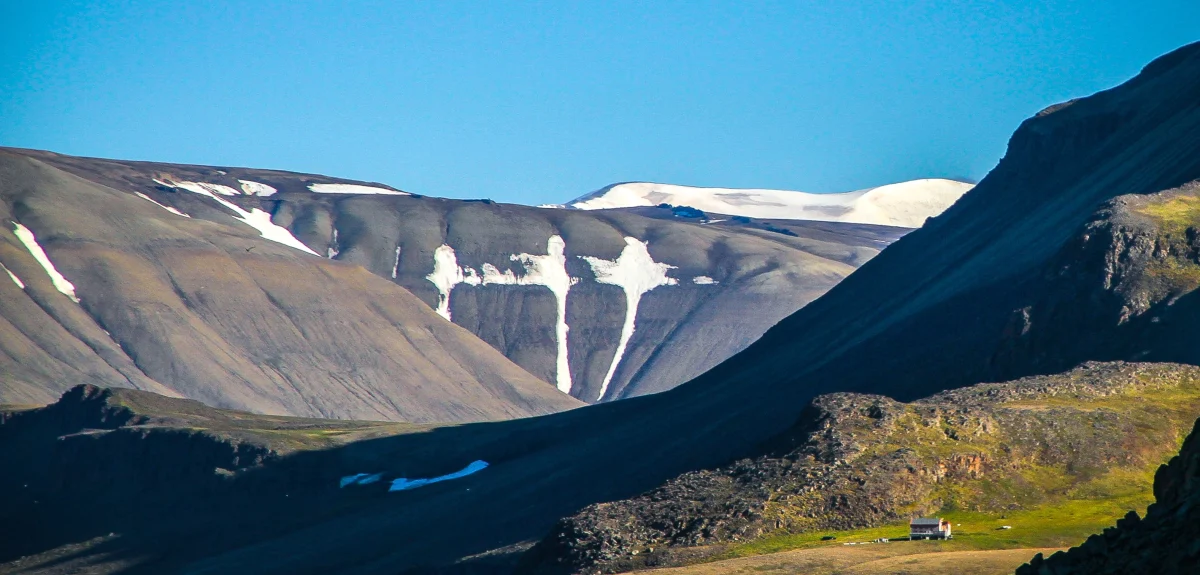
Bet you didn't know this about Svalbard
Here are some of the most interesting facts about the myth-shrouded island group.
The island is populated by many polar bears. Scientists at Norwegian Polar Institute have carried out a counting of polar bears in the Norwegian region. The result show that there are among 3 500 polar bears, whereas they estimated a number of 685 in 2004.
All these polar bears mean that Svalbard islanders travelling outside the settlements should be equipped with appropriate means of frightening and chasing off polar bears. Sysselmannen recommends to carry firearms outside the settlements. The firing of rifles or other firearms in Longyearbyen and nearby area is prohibited.
There are a number of different nationalities amongst the inhabitants of Longyearbyen, many of them from Thailand, Russia and Sweden.
As the eco system is so isolated, cats are banned to protect the rich bird life on the island.
On the other hand, aquarium fish, rabbits and hamsters are OK, but dogs require a special permit.

Corpses don’t decompose in the frozen soil, so you cannot be buried in Svalbard. But you can bury an urn at the cemetery. This according to Lovdata.no
There is a small hospital in Svalbard, but pregnant women near the due date normally travel to the mainland. But there have been a few deliveries on the island.

Restaurant Huset in Longyearbyen is considered to have one of the finest wine cellars in Scandinavia with over 15 000 bottles.
The darkness is pretty compact in Svalbard in the winter months – each year the sun sets on 26. October and does not officially reappear until 19. February, according to the popular Norwegian provider of weather data, Yr.no.